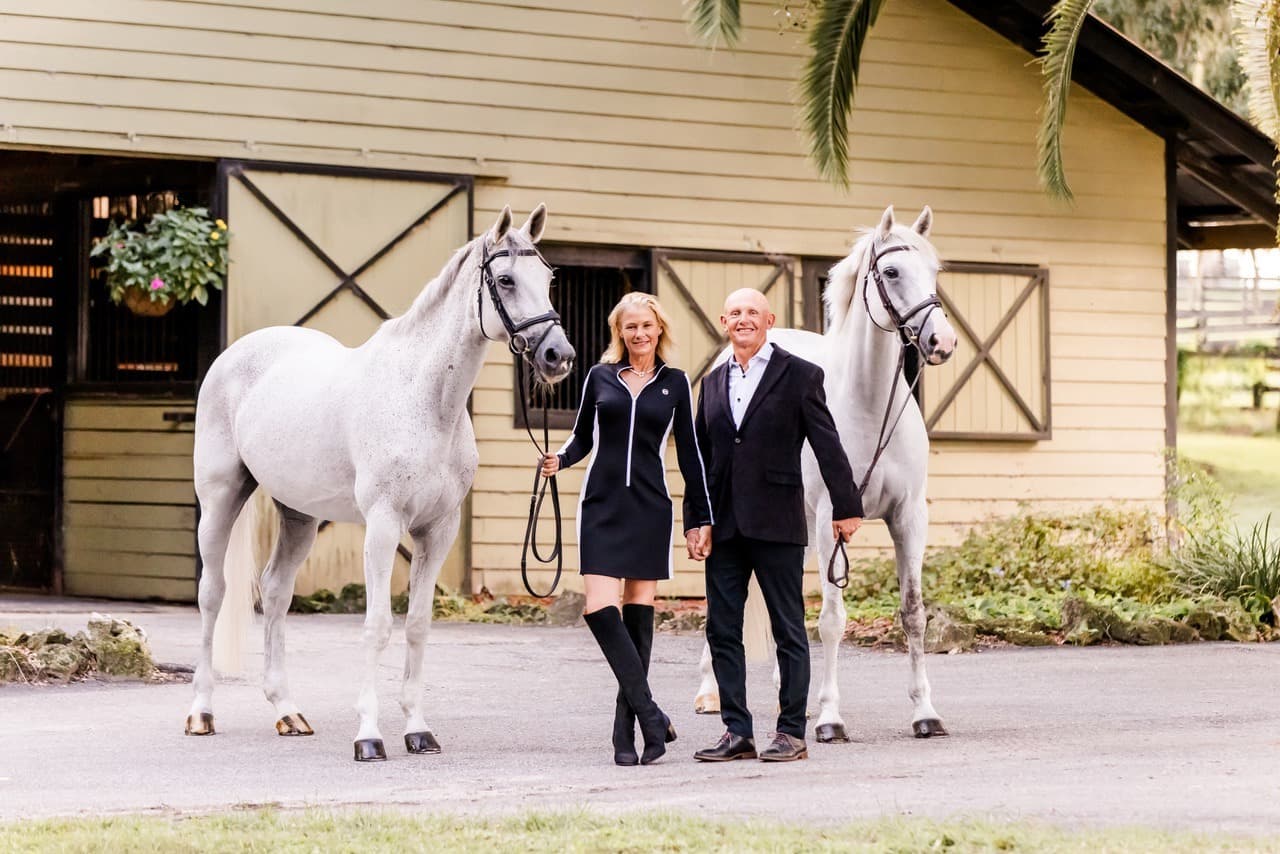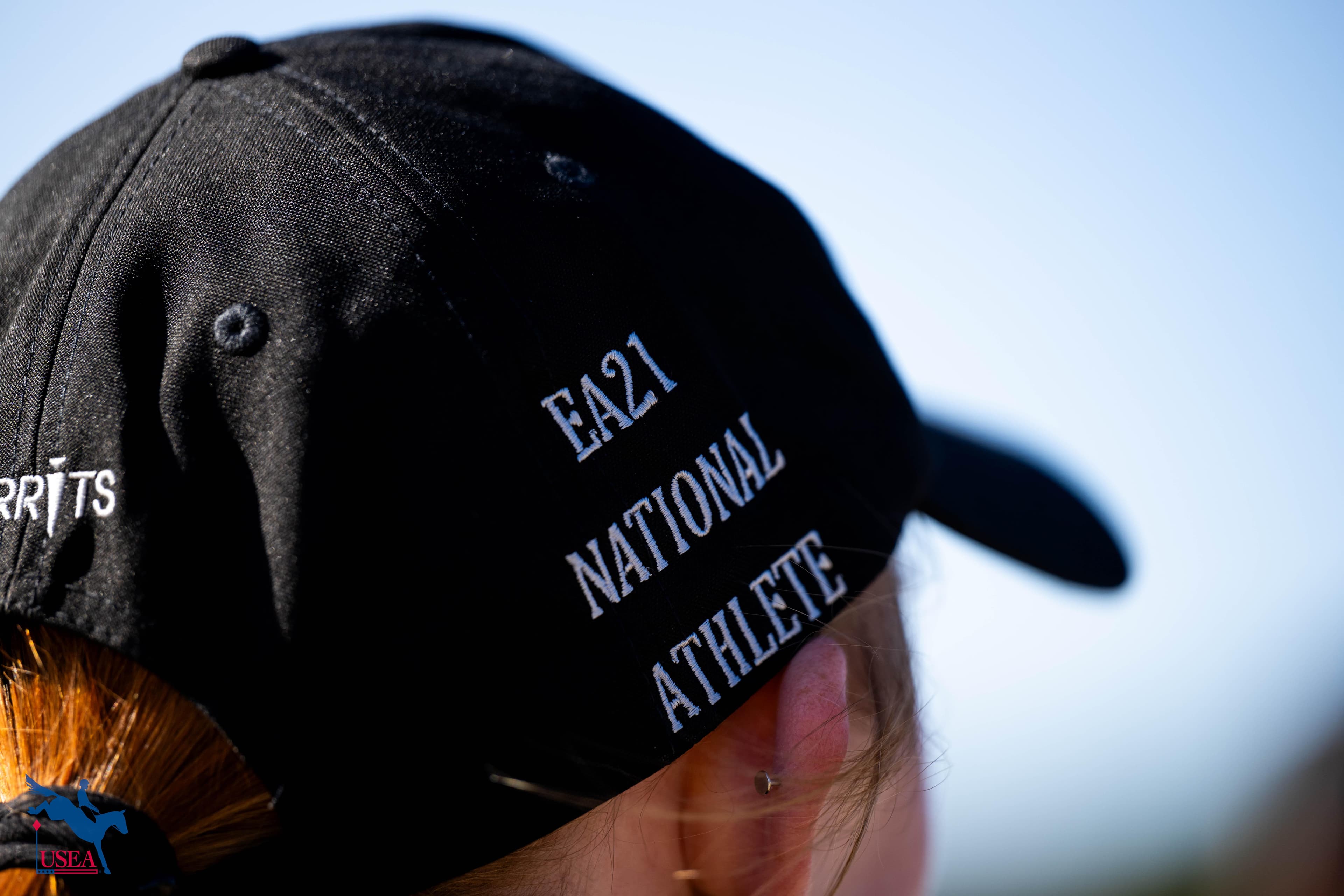Rule Refresher: Levels of Horse Trials

There are seven distinct levels of competition offered in USEA recognized competition starting with the lowest, Beginner Novice, and ranging all the way up to the most difficult, Advanced. The Modified level, between the Training and Preliminary levels, is the newest level, introduced in 2017 to bridge the gap between the upper and lower levels. If you're new to the sport of eventing, make sure you're familiar with the specifications for each level by reviewing Appendix 1 of the USEF Rules for Eventing, which describes each level of horse trials.
Text has been taken directly from the USEF Rules for Eventing with emphasis added by the USEA.
APPENDIX 1 - LEVELS OF HORSE TRIALS
For an additional description of the types of obstacles that may be presented at a given level, please refer to the USEA Cross-Country Obstacle Design Guidelines, which are not specifically incorporated by reference.
1. Beginner Novice—The Beginner Novice level is designed to introduce green horses and riders to horse trials, combining dressage, cross-country, and beginner jumping tests. It is for competitors and horses that have already had experience in schooling competitions in all three disciplines. The goal for the experience should be educational to build confidence and a desire to progress.
a. Dressage: Competitors should be prepared to do a walk, trot, and canter dressage test with 20-meter figures and a halt.
b. Cross-Country: Obstacles, solid in appearance, with ground lines where appropriate to enhance the fence profile.
1. There must be no jumps before or after a water crossing within 78 feet (25 meters) before and 54 feet (16 meters) after.
2. A step up and down, but not in combination, may be included. Ditches must be riveted and include a visible ground line that has rounded edges and is at least 6 inches (15 cm) above grade.
3. The track of the course must avoid turns of less than a 20-meter radius.
4. The course may not include more than one combination composed of two elements, where the fences must be a minimum of 33 feet apart or 54 feet after a ditch or step up.
c. Show Jumping: The jumping course should be inviting and straightforward, preferably with lines of 82 feet or more and may include only one double set on two strides, a minimum of 34 feet, which may include only one oxer at the "a" part of the combination.
2. Novice—The Novice level is a continuing introduction to horse trials. It is designed for competitors and horses with some experience at lower levels or for experienced riders and horses new to the sport.
a. Dressage: The dressage will not differ greatly from Beginner Novice.
b. Cross-Country: Obstacles, solid in appearance, with ground lines where appropriate to enhance the fence profile.
1. Obstacles in combinations should be a minimum of 33 feet apart, and an obstacle after a ditch or step up at no less than 42 feet apart.
2. Steps in combination may include: a step up followed by a step down at a minimum of 30 feet, two steps up at a minimum of 33 feet, or an obstacle after a step up of a minimum 30 feet.
3. Water obstacles may include a step or single fence out of water or a single fence 45 feet before the water and a single fence 30 feet after water.
c. Show Jumping: The jumping course should be inviting and straightforward, preferably with lines of 82 feet or more and shall include only one or two doubles, set on two strides of a minimum of 34 feet. Each combination may include only one oxer at the "a" part of the combination.
3. Training—The Training level is an elementary examination of competitors and horses with some experience and training.
a. Dressage: The dressage test may ask for further development of the basic gaits, including lengthening at the trot and canter, as well as 10-meter trot and 15-meter canter figures.
b. Cross-Country: The cross-country may include:
1. Combinations with upright obstacles a minimum of 24 feet from one another, and an obstacle before and/or after a ditch at a minimum of 30 feet.
2. Steps in combination may include: a step down followed by a step up at a minimum of 30 feet, two steps down a minimum of 18 feet, two steps up at a minimum of 18 feet, or obstacle after a step up a minimum of 18 feet.
3. Water may include a jump into water or a jump out of water or an obstacle jumped from water to water.
c. Show Jumping: The jumping course must include either (i) two doubles; or (ii) simple triple combination in the second part of the course with only one oxer.
1. If the oxer is at the “b” or “c” parts of any combination it should be set on two strides at a minimum of 35 feet.
2. The course should introduce simple technical questions with some related jumps set at a minimum of 70 feet.
3. If a liverpool is used it must be built as a vertical over the center of the liverpool tray and a straightforward alternative jump must be offered.
4. Modified—The Modified level is for the Training level horse with the intent on progressing to the FEI CCI* and Preliminary level.
a. Dressage: The dressage may include medium paces at trot and canter, as well as the introduction of leg yielding, and changes of lead through trot.
b. Cross-Country: The cross-country course should introduce tests of accuracy, agility, boldness, control, judgment, and jumping ability.
c. Show Jumping: The show jumping course shall include two doubles, or a double and a triple combination.
1. If a triple combination is used, it should be in the second part of the course and with only one oxer.
2. It should be more technical than the Training level with any related jumps set at a minimum of 70 feet.
5. Preliminary—The Preliminary level is a moderate examination of competitors and horses in a regular training program preparing for two-star events.
a. Dressage: The dressage test may include medium paces at the trot and canter, as well as the introduction of leg yielding, shoulder-in, rein back, and changes of lead through the trot.
b. Cross-Country: The cross-country should include tests of accuracy, agility, boldness, control, judgment, and jumping ability. Obstacles may be on a bounce distance.
c. Show Jumping: The jumping course must include either (i) two or three doubles; or (ii) a double and a triple combination.
1. The jumping course should be more technical than the Training level and may require lengthening or shortening of stride.
6. Intermediate—The Intermediate level is an examination of increasing technical difficulty, preparing competitors and horses for three-star events.
a. Dressage: The dressage test may include canter to halt and walk to canter transitions, as well as turns on the haunches, simple changes, counter canter, and half pass.
b. Cross-Country: The cross-country should now combine in more elaborate settings the tests introduced at the Preliminary level, such as combinations with more than one question to be solved.
c. Show Jumping: The jumping course must include either (i) a double and a triple combination; or (ii) three doubles, with more related distances and technical questions than the Preliminary level.
7. Advanced—The Advanced level is the highest national level of horse trials. It offers tests of significant difficulty designed to prepare competitors and horses for either four- or five-star events.
a. Dressage: The dressage test may include extensions in all three paces, half pass at the trot and/or canter, and single flying changes.
b. Cross-Country: The cross-country should be clearly a test of boldness and scope as it now combines size with technical difficulty.
c. Show Jumping: The jumping course must include either (i) a double and a triple combination; or (ii) three doubles. The jumping course must be the most technical division of the national competition.
Want to catch up on past rule refreshers? Click here.














